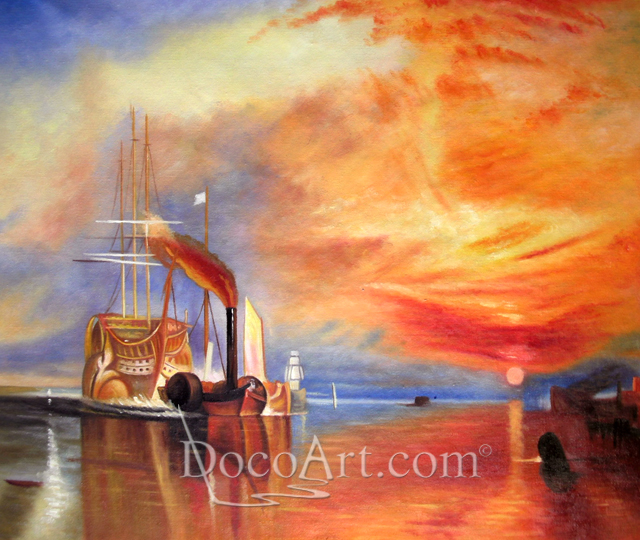5 styles of painting you should try
Over the centuries, hundreds of painting styles and techniques have been born. The diversity of instruments, mediums and surfaces existing today leaves a lot of room for creative experiments, and artists are encouraged to try as many new ways of expression as possible. Whether you are fascinated with modern abstractions or cherish the golden standards of classics, these five styles of painting won’t be out of place in your artistic lexicon.
- Encaustic painting
This spectacular technique of painting with melted wax is about two and a half thousand years old. Nowadays it is still popular: many artists have invented their own ways to draw with wax. Encaustic painting requires expensive equipment and materials as well as exceptional mastery, but there is also a modern alternative of using an iron and wax crayon.
- Ebru
As it turns out, it is possible "to draw circles on the water” in a way that won’t make your picture disappear. Artists favoring the Ebru technique use a special mixture of water and nectar of Turkish plant gevena instead of canvas and insoluble paints. Ebru is more than art. Dancing images, soft melody... Every image is filled with flexibility and ease of water and celebrates the perfection of nature.
- Scratchboard
This technique can be described as “reverse” painting: instead of drawing on paper with paints, an artist scratches the painted surface to create a layered texture. For classic scratchboard, you need only white cardboard and black ink, but some artists use wax, paraffin, egg yolk or white clay. Scratchboard paintings have thousands of tiny scratches that create a sense of depth.
- Flower buds prints
Flower buds are used as an unusual painting tool: they create wonderful decorative prints on dry and wet paper. You can use ready works as wall pictures of part of a collage. The most suitable paints for this technique are gouache and watercolors.
- Impasto
Artists using the Impasto technique apply thick layers of paint to form a rough, almost sculptural surface on the canvas. The famous Van Gogh s “curls" were created using this technique. Paints that are most suitable for Impasto are acrylics and oils. Although oil paints dry much longer, the advantages of this method are obvious: professionals claim that if you do everything carefully and cautiously, you can create a truly beautiful texture.


